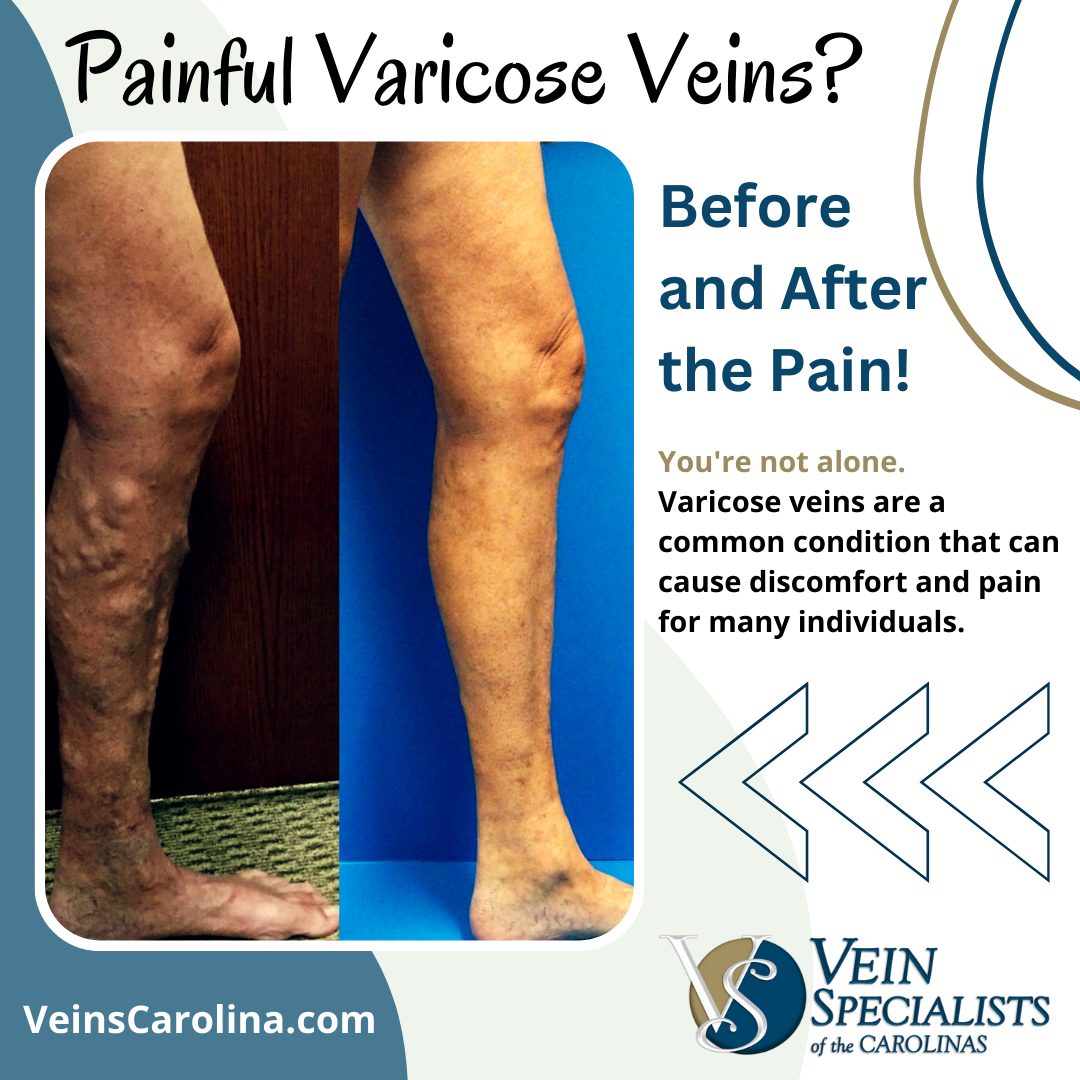Are you struggling with painful varicose veins that are affecting your daily life?
You’re not alone. Varicose veins are a common condition that can cause discomfort and pain for many individuals. If you’re seeking ways to alleviate the pain and manage this condition, read on for some helpful insights.
Understanding Varicose Veins: Varicose veins are enlarged, twisted veins that often appear on the legs and feet. They occur when the valves within the veins weaken or become damaged, causing blood to pool and the veins to become swollen and painful. While they can be purely cosmetic for some, others experience significant discomfort and pain.
Common Symptoms: Painful varicose veins can cause various symptoms, including:
- Aching and throbbing: Many individuals with varicose veins experience aching and throbbing sensations, especially after prolonged periods of standing or sitting.
- Heaviness: The affected area might feel heavy or fatigued, making it challenging to engage in physical activities.
- Burning or itching: Some people report a burning or itching sensation around the varicose veins.
- Swelling: Swelling of the legs and ankles can occur due to fluid retention caused by the impaired blood flow.
Managing Painful Varicose Veins: If you’re dealing with painful varicose veins, here are some strategies that might provide relief:
- Elevate your legs: Elevating your legs whenever possible can help improve blood circulation and reduce swelling.
- Regular exercise: Engaging in low-impact exercises like walking, swimming, or cycling can promote healthy blood flow and strengthen your leg muscles.
- Compression stockings: These specially designed stockings apply pressure to the legs, helping to improve blood circulation and alleviate discomfort.
- Healthy lifestyle choices: Maintain a healthy weight, eat a balanced diet rich in fiber, and stay hydrated to support overall vascular health.
- Avoid prolonged sitting or standing: Try not to remain in the same position for extended periods. Take breaks and move around to prevent blood from pooling.
- Over-the-counter pain relief: Non-prescription pain relievers can help manage pain and inflammation temporarily.
- Medical interventions: In more severe cases, medical procedures like endovenous laser treatment, radiofrequency ablation, or sclerotherapy may be recommended to treat the underlying vein issues.
Consulting a Vein Specialist: If your varicose veins are causing pain and discomfort, please schedule an appointment with VSC today. We will provide a proper diagnosis, recommend appropriate treatments, and help you develop a personalized plan to manage your condition.
Remember, everyone’s situation is unique, so what works for one person may not work for another. The key is to find a combination of strategies that provide relief and improve your overall quality of life!
“All We Do Is Veins, All Day Every Day.”
#PainfulVaricoseVeins #VeinCare #VeinHealth #VeinTreatment

